Art
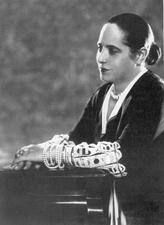
Advertising and Consumer Culture in the United States
Mildred Elizabeth Levine Albert
Mildred Albert charmed the fashion world as an international fashion consultant, lecturer, columnist, and radio and television personality. She carved a niche for herself in the fashion world as the head of a modeling agency and an inventor of new kinds of fashion shows.
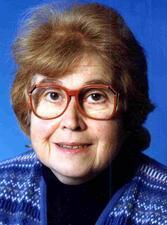
Ziva Amishai-Maisels
Ziva Amishai-Maisels is an Israeli/American art historian whose research on modern Jewish and non-Jewish art and on the impact of the Holocaust on art are an outstanding contribution to the study of art.
Eleanor Antin

Diane Arbus
Diane Arbus changed how the world looks at photographs and how photographs look at the world. Arbus sought out unconventional subjects such as Coney Island freak shows and gay bars, launching her solo career with a first photo essay for Esquire. For many years she remained a cult figure, and it was not until the 1980s that her work came to be generally accepted.

Architects in Palestine: 1920-1948
The mass immigration from Europe after 1933 brought many architects to Palestine, amongst whom were a number of women. For these women, being an architect meant total devotion to the profession.
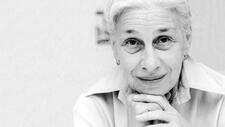
Eve Arnold
Eve Arnold was a groundbreaking photographer and writer, known for photographing fashion in Harlem, the McCarthy hearings, the civil rights movement, and Marilyn Monroe, as well as life in China, England, and the Soviet Union. Arnold was the first American woman accepted into Magnum Photos and is credited with making a remarkable artistic contribution to twentieth-century photography.
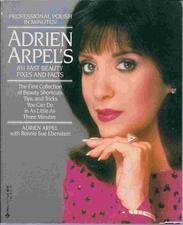
Adrien Arpel
Adrien Arpel is a pioneering entrepreneur who has been highly successful in the skincare industry. She realized there was a need in the cosmetics marketplace for a business that would educate the consumer. Arpel was the president and CEO of Adrien Arpel, Inc., an enterprise with approximately 500 salons across the United States and Canada.

Art During the Holocaust

Art in the United States
Art: Representation of Biblical Women
For centuries, art has portrayed biblical women in ways that reflect society’s attitudes towards women and their role. Depictions of female biblical figures fluctuate according to historical and social perceptions. Jewish art often features heroic and worthy women who, through their courageous deeds, helped to triumph over Israel’s enemies.
Artists in Britain: 1700-1940
Lilian Holt, Clara Klinghoffer, Gluck, Orovida Pissarro, Flora Lion, Lily Delissa Joseph, and perhaps most famously, Rebecca Solomon were just a few of the trailblazing Jewish female artists in England who overcame many obstacles, such as obtaining art lessons and entering a male dominated field, to work professionally and impact England’s art scene.
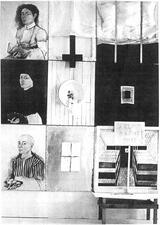
"Second Generation" Women Artists in Israel
Israeli women artists, second generation descendants of Holocaust survivors, have expressed in their art the grim atmosphere of absence, emptiness, and loss they absorbed. Their individual responses to the Holocaust differ in intensity and power.
Artists: Contemporary Anglo
In Britain, both feminism and feminist art took considerably longer to emerge and make their mark than in the United States, but when they did, many Jewish women artists created profound artistic work. British Jewish women artists generally hold both Jewishness and gender as central to their artistic output. Their art reveals the diverse ways in which women perceive their Jewishness in contemporary Britain.
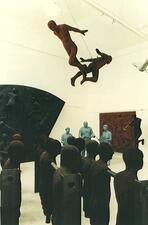
Artists: Israeli, 1970 to 2000
The inclusion of feminism in Israeli art was seen as irrelevant in the 1970s, when Israel was seen as a state of gender equality. But in the following decades, amid vast changes in Israeli society, women worked hard to make themselves seen and have their stories told in the wider world of Israeli art.
Artists: Russia and the Soviet Union
Jewish women participated in the artistic life of the Russian Empire and the Soviet Union for over a hundred years. Jewish women artists worked in all styles, from the routine academic to the extreme avant-garde. There were also well-known art patrons, gallery owners, art historians, and art critics.
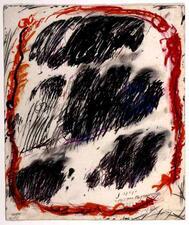
Artists: Yishuv and Israel: 1920-1970
While women are often excluded from the historical narrative of Israeli art-making, women artists made significant contributions to the canon of Israeli art throughout the twentieth century. Depicting landscapes, creating ceramics, and painting beautiful portraits, many female artists made significant contributions to the development of the Bezalel Art school and Israeli modern art. In 1952, the artistic Group of Ten was founded, to use a modern language in order to express the Israeli experience and landscape.
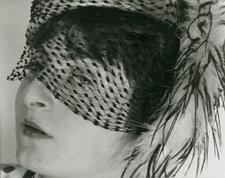
Ellen Auerbach
The life of Ellen Auerbach was a constant journey of self-discovery. Auerbach was remarkable both for her avant-garde photography and for her innovative ringl+pit studio where she and fellow artist Grete Stern worked collaboratively. In addition to photography, Auerbach m,ade short films and worked as an educational therapist with learning-disabled children.
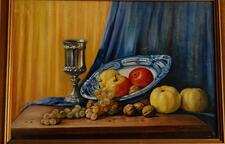
Austria: Jewish Women Artists
Most Jewish women artists from Austria have been forgotten due to the male domination of the Austrian art sphere and the Holocaust. However, many Jewish female artists in Austria created influential work and established their own system of education and their own organizations, leading to a flourishing female art world until 1938.

Lauren Bacall
Lauren Bacall’s 1944 Hollywood debut in To Have and Have Not catapulted her into instant stardom. Costarring with her husband-to-be, Humphrey Bogart, Bacall soon became known for her smoldering look. Throughout her career, Bacall felt pressure to relinquish her Jewish identity but held a strong allegiance to her first-generation Jewish immigrant family.
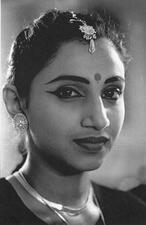
Baghdadi Jewish Women in India

Eugenie Baizerman
Artist Eugenie Baizerman rarely exhibited her work and never sold a painting during her lifetime. According to her husband, sculptor Saul Baizerman, although she sought a quiet life to focus on her work, she nevertheless experienced an inner turmoil that manifested itself in the free, expressionistic colors of her canvases.
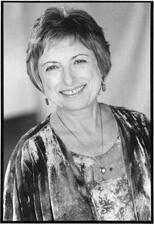
Ora Bat Chaim
Ora Bat Chaim is a poet, painter, and concert manager who in her late 50s began a prolific music composition career. Bat Chaim was the manager of the Zavit Theater and composed over 400 pieces for musicians, plays, and movie soundtracks. Her music can be described as a reflection of Jewish mysticism, yoga, and universal principles of truthfulness, compassion, and tolerance.

Sarah Bavly
Dutch-born Sarah Bavly was a pioneer nutritionist in the Yishuv who laid the groundwork for Israel's nutritional infrastructure and educational programming, directing Hadassah's hospital nutrition departments and school lunch programs and establishing the State's first College of Nutrition.
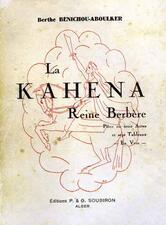
Berthe Bénichou-Aboulker
Writer and artist Berthe Bénichou-Aboulker was born in Oran, French Algeria, in 1886. She published a number of collections of poems and plays. After publishing her first play in 1933, she became the first woman writer to be published in Algeria.


